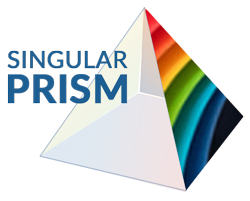Do you remember the days when you were learning the alphabet? Perhaps your experience is like mine. When my schoolmates and I had barely mastered the oh-too-familiar alphabet song, we faced the test of recognizing the letters in words. That’s when the problem with consonants arose.
Vowels were easy. If you could make the sound without your teeth, tongue or by squeezing your lips, you had a vowel. Everything else should have been a consonant.
This is when we learned that W and Y could behave any old way they liked. At first I thought our teacher was just playing a joke on us. But no, she was serious. None of my classmates thought this waywardness was something we should have to learn or accept. Couldn’t those letters be forced to behave?
I developed my own almost fool-proof formula. I decided if a W or Y began a word, they were consonants. If they appeared anywhere else in a word, they were vowels. For example, W in window performs as a consonant at the start, and vowel at the end. The same can be said for Y in yummy.
Problem solved. But, oh no, next came the problem of the sounds they made when masquerading as vowels. Y could pretend to be a long I as in psyche, a short I as in gym, or a long E as in silly. W wandered all over the place from uh, to oo to oh to ah. It just wasn’t fair!
Did you breeze through this phase in your learning, or are you like me—still harboring a resentment toward those recalcitrant letters W and Y? Be honest. I bet you are.
#EnglishLanguage #Consonants




Leave a Reply
Want to join the discussion?Feel free to contribute!